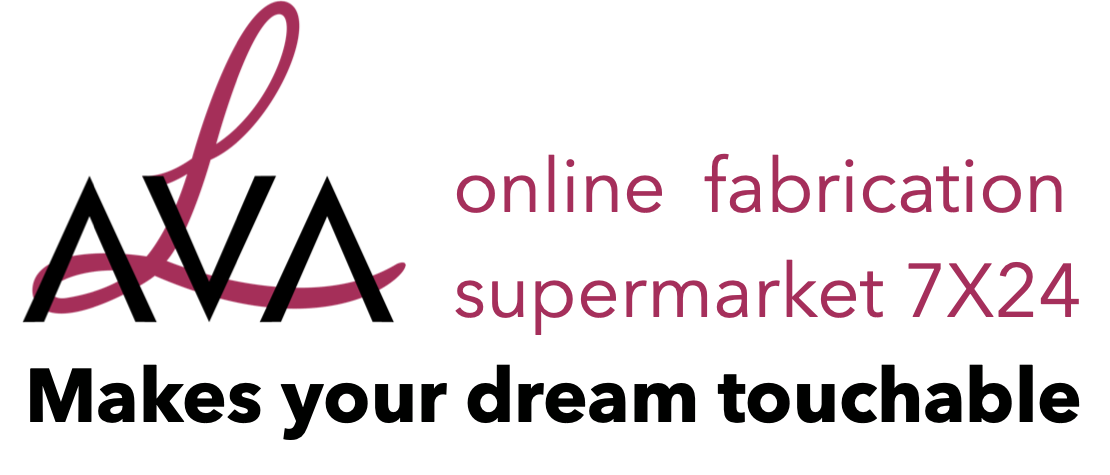Compared with traditional manufacturing, the proportion of 3D printing services has been increasing in recent years. So, what are the specific factors that affect the cost of 3D printing?
1. Material cost
The cost of raw materials is different for different similar 3D printing materials, and the cost of materials under different processing techniques varies greatly. The most common PLA (polylactic acid) material used in FDM (Fused Deposition Molding) has a relatively low cost. This material is also the cheapest material in 3D printing services. The cost of metal raw materials used in the SLM (Selective Laser Melting) process is very high. That is to say, the lower the cost of raw materials for the same part, the cheaper the 3D printed part in general.
2. Processing time
The longer the processing time of a part, the higher the cost of the part. The time a 3D printer cannot be used from the purchase to the final depreciation is fixed. As a result, the value created per unit time must exceed the depreciation of the equipment, equipment maintenance, and labor costs.
3. The specific shape of the part
Generally speaking, the price of a 3D printed part is not necessarily related to the shape of the part. However, when the part is a special-shaped hollow part or an oversized shell, then the billing is based on the volume of the part. Because the printing platform of the printer is fixed, that is to say, this special-shaped part occupies a lot of empty parts, and other parts cannot be 3D printed at the same time. At this time, the use cost of the machine is very high, and the price of the corresponding parts will also be very high.
So, how to reduce the cost of 3D printing? The first is to reduce weight and set the inside of the part to be hollow. Second, try to avoid printing oversized parts. Third, choose the right 3D printing process and 3D printing materials.

